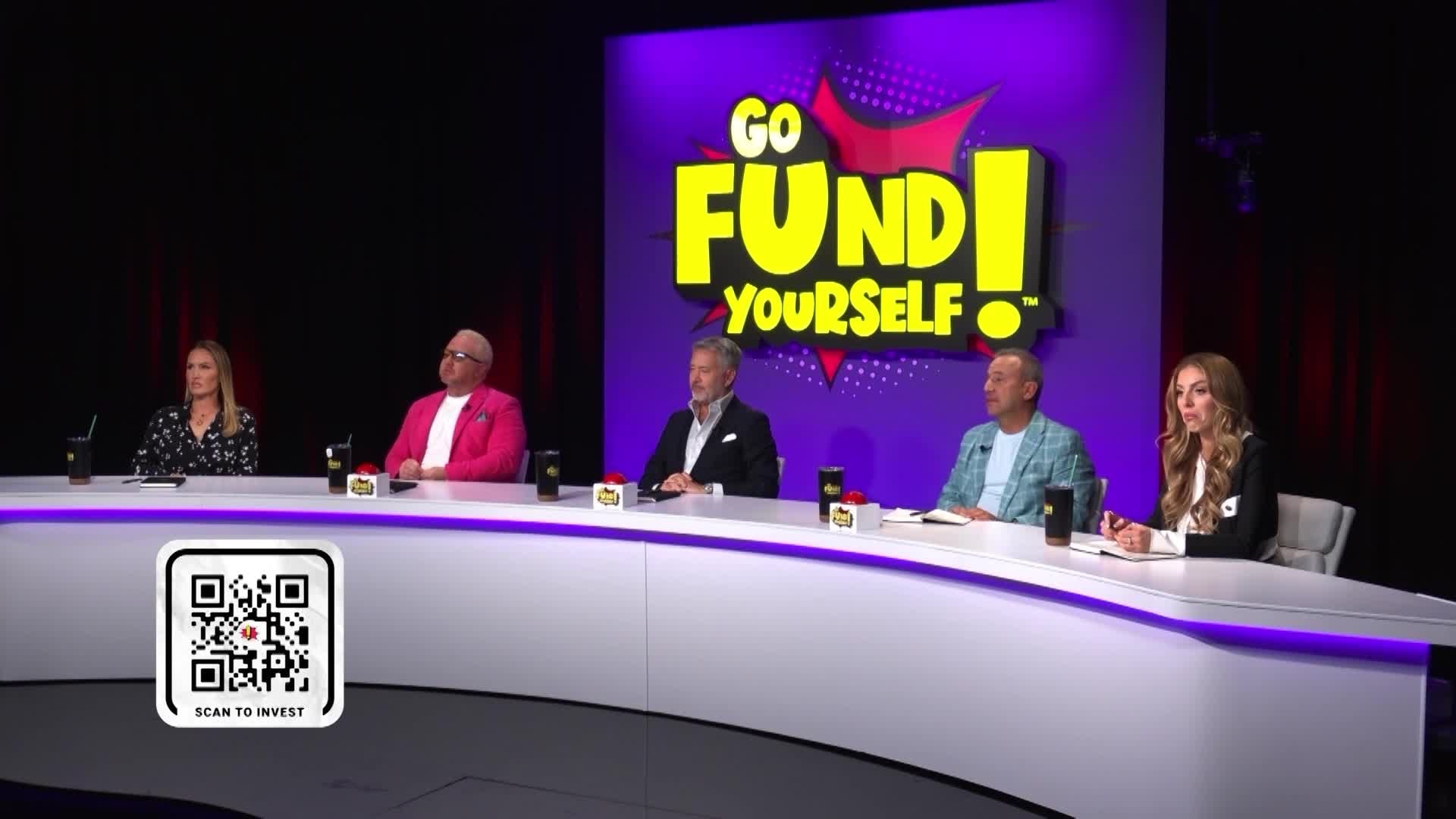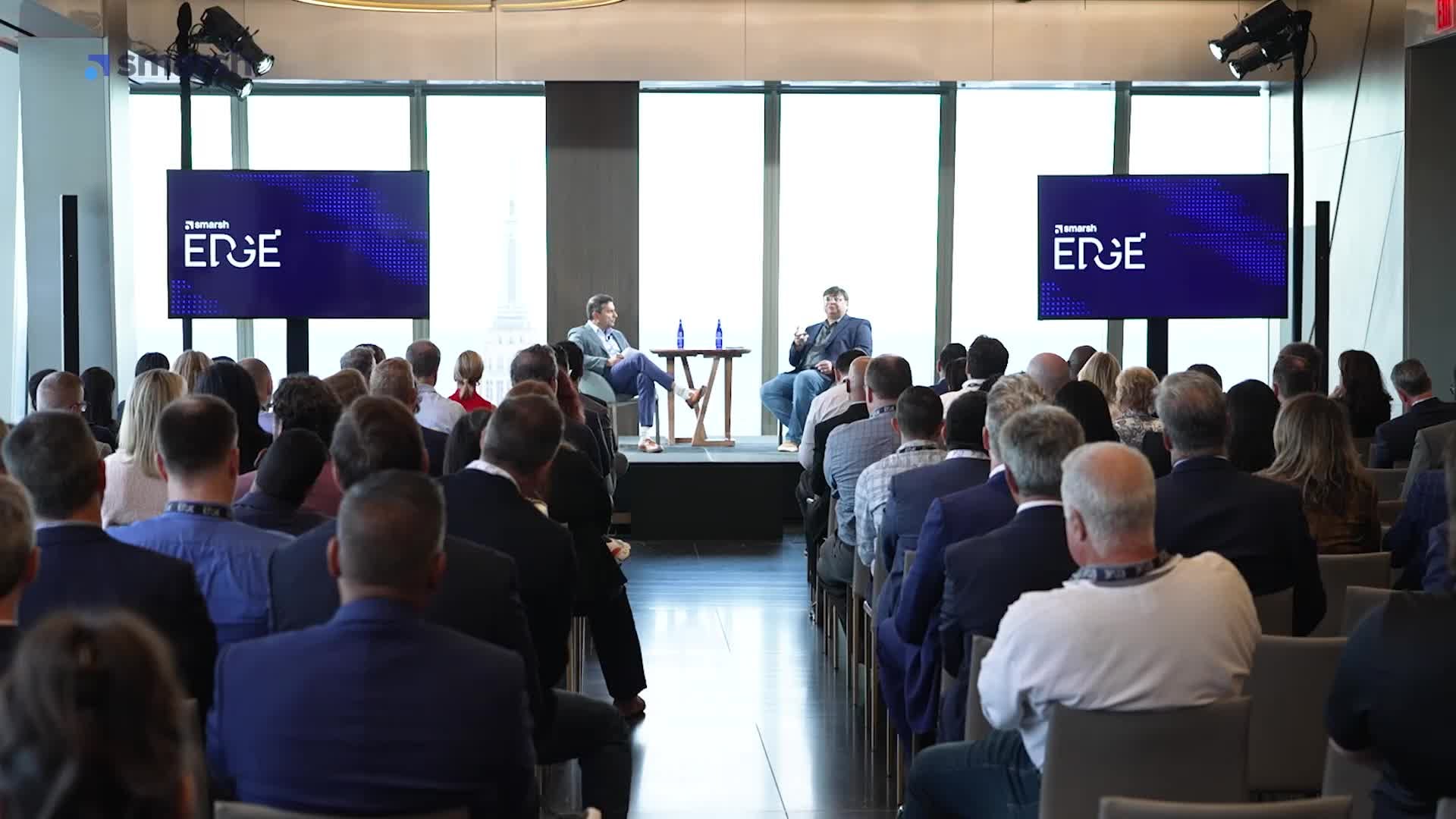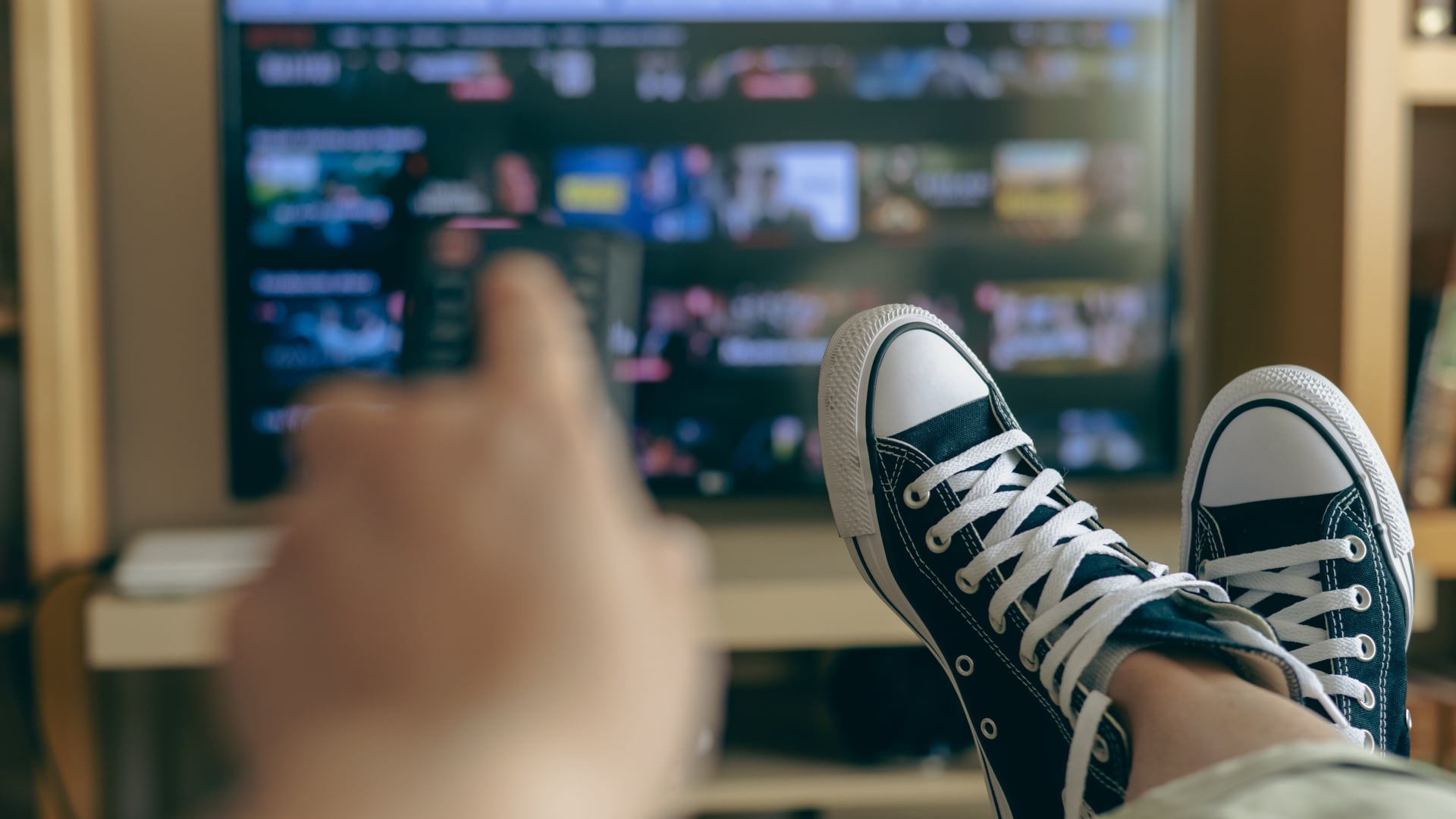The New York Stock Exchange temporarily closed its trading floor, starting March 23, due to coronavirus concerns, and the stock market moved fully over to electronic trading.
The market has continued in that time to decline amid the uncertainty of the outbreak. This year has been the fastest bear market plunge seen in U.S. history, with the second-fastest drop taking place in 1929, just prior to the Great Depression.
"Certainly, the market sell-off has been very, very dramatic and I am completely sympathetic to the concerns investors have about seeing that sell-off," New York Stock Exchange President Stacey Cunningham said Thursday about investors trusting the market again. "At the same time, the markets are functioning appropriately, so they should focus on the fundamentals. Focus on the long term, and if you are a long-term investor, you can navigate this period of volatility better off by sitting on the sidelines right now and waiting for the market to recover."
The exchange on Wall Street has closed amid trying times over the years before, such as during World War II and in the wake of 9/11. However, this is the first time the physical trading floor was shut down while the public markets remained open.
"We will absolutely reopen the floor of the stock exchange," Cunningham unequivocally stated even amid the ongoing crisis. "The combination of human judgment with sophisticated technology is really why stocks on the New York Stock Exchange trade better, and so we'll go back to providing that full level of service as soon as it's safe to do so."
The NYSE had its first all-electronic trading day on March 23, and the shift went as planned according to Cunningham. The Exchange, according to its president, is doing its part to stop the spread and keep the community safe. As hospitals are overwhelmed, healthcare workers are on the front lines of this pandemic, along with those who deliver food and essential store workers under stay-at-home guidelines.
"We don't want to make their jobs any harder, so if we can pull our people out of New York City and off the streets, and get them to stay home, we're going to do that," Cunningham noted. "So it's going to take a little bit more time for us to get a sense of when this situation is under control, and at that point in time, we can start to announce plans around reopening and what that'll look like."








